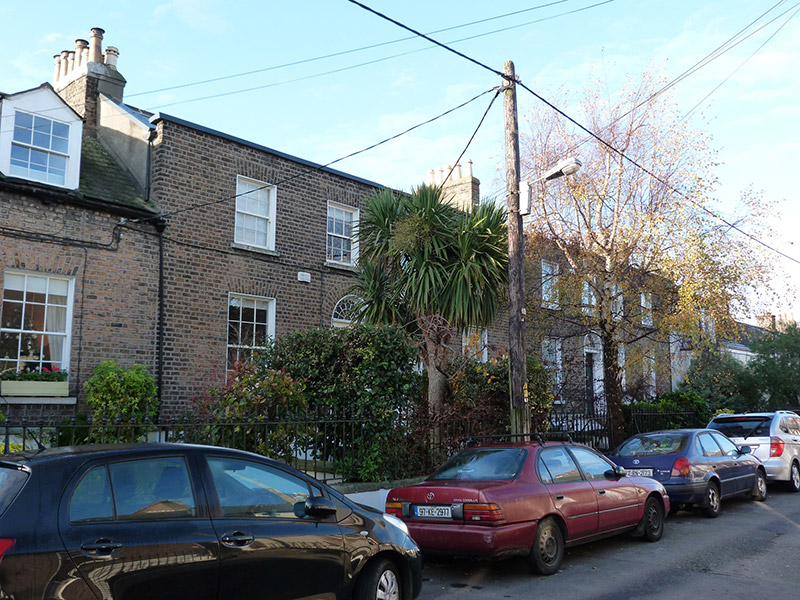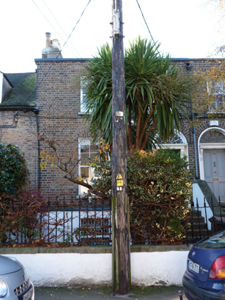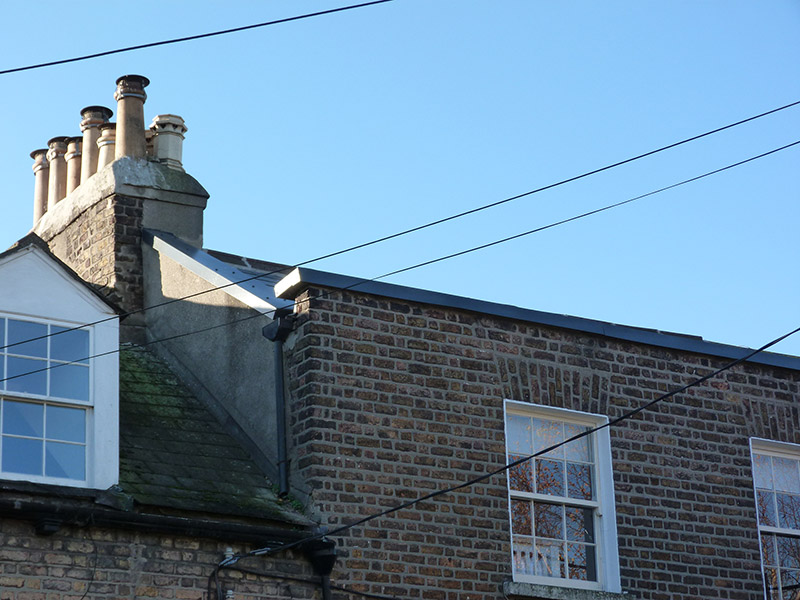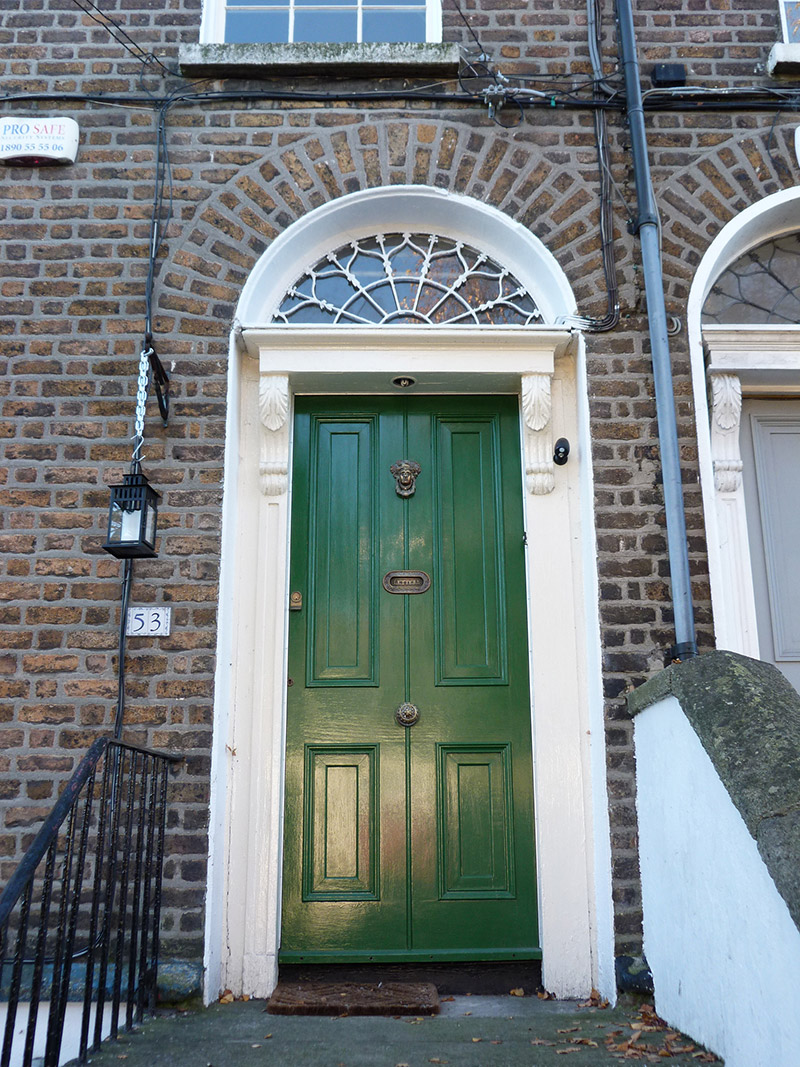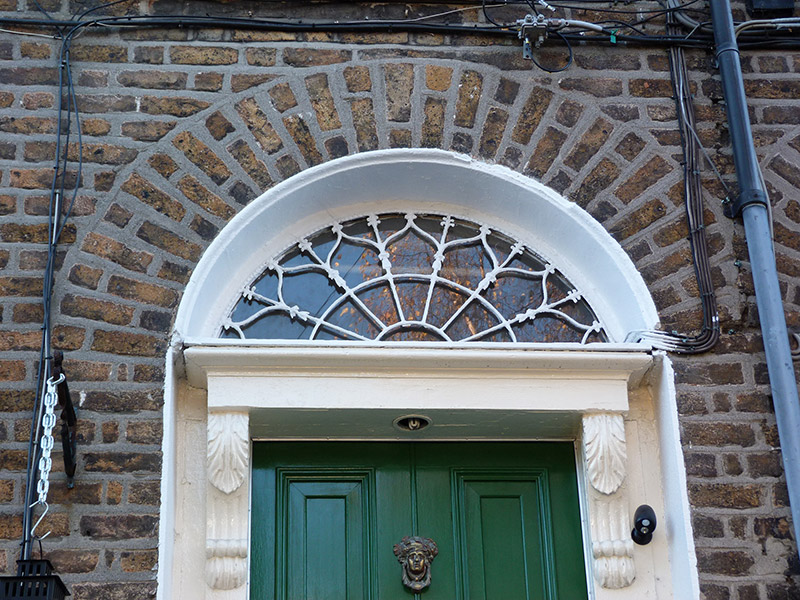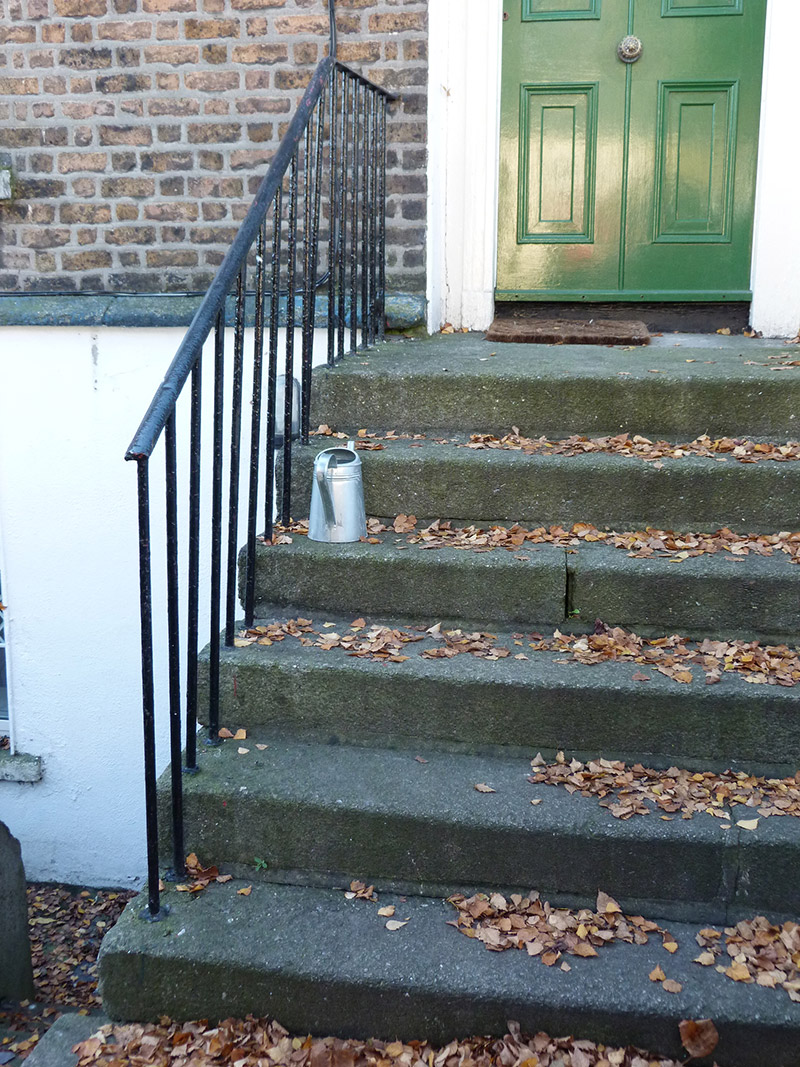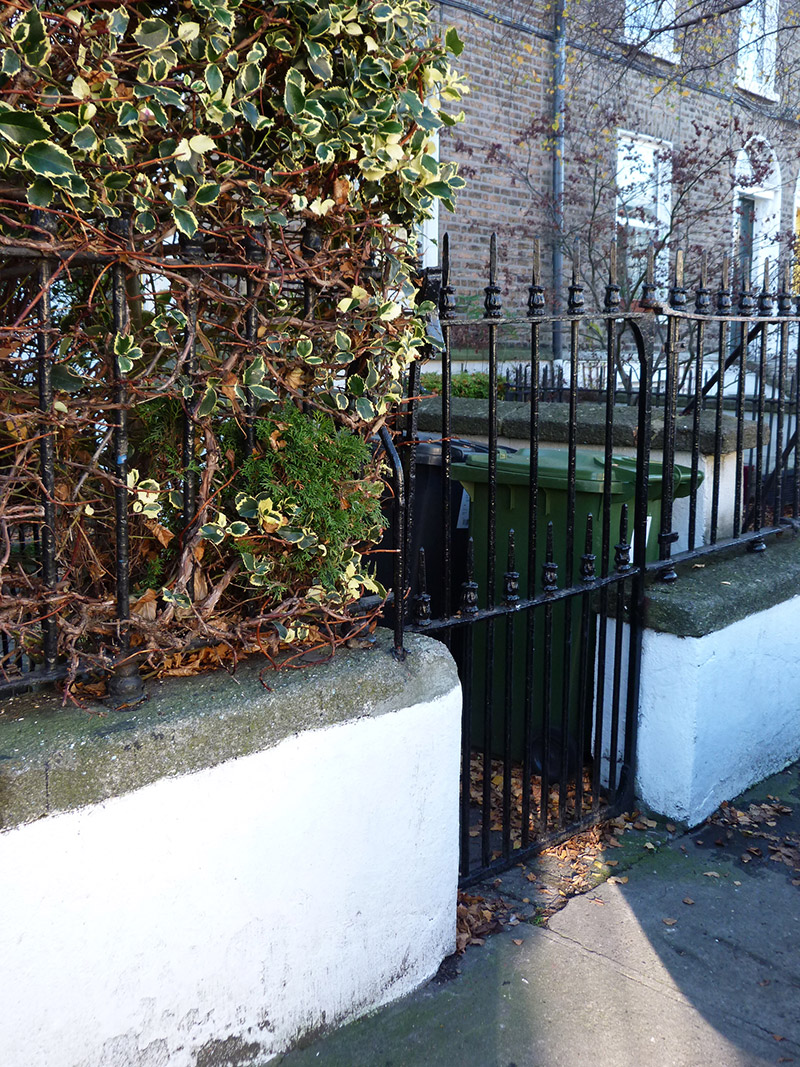Survey Data
Reg No
50120243
Rating
Regional
Categories of Special Interest
Architectural, Artistic
Original Use
House
In Use As
House
Date
1820 - 1840
Coordinates
317002, 235637
Date Recorded
29/11/2017
Date Updated
--/--/--
Description
End-of-terrace two-bay two-storey house over raised basement, built c. 1830 as one of four, having return to rear (southwest). Pitched artificial slate roof, hidden behind brick parapet with cut granite coping, having rendered chimneystacks to southeast end with clay pots, and with replacement uPVC rainwater goods to northwest end. Brown brick walling to front elevation, laid in Flemish bond, over cut granite plinth course and ruled-and-lined rendered basement walling; rendered walling to southeast gable and apparent to rear. Square-headed window openings with raised rendered reveals, masonry sills and six-over-six pane timber sliding sash windows to ground and first floors and replacement uPVC to basement. Round-headed doorway with moulded render surround, timber doorcase comprising panelled pilasters with scrolled brackets having acanthus leaf detail supporting cornice, petal fanlight and timber panelled door, approached by flight of six granite steps and platform with wrought-iron handrail having integral bootscrape to southeast and rendered wall with granite coping to northwest. Cast-iron railings to front boundary on rendered plinth wall with granite coping, and matching cast-iron gate.
Appraisal
This house exhibits the regular proportions, scale and classically restrained detailing that typify urban domestic architecture in the late Georgian period. Early fabric remains, including the doorcase with its delicate cobweb fanlight, that adds artistic interest to the composition. Though relatively simple in design, the ironwork to the railings is evidence of the application of skilled artisanship. It is part of a short terrace that maintains similar parapet heights and fenestration patterns, and dates to the mid-nineteenth century, a time when development in the area beyond the canals was intensifying.
